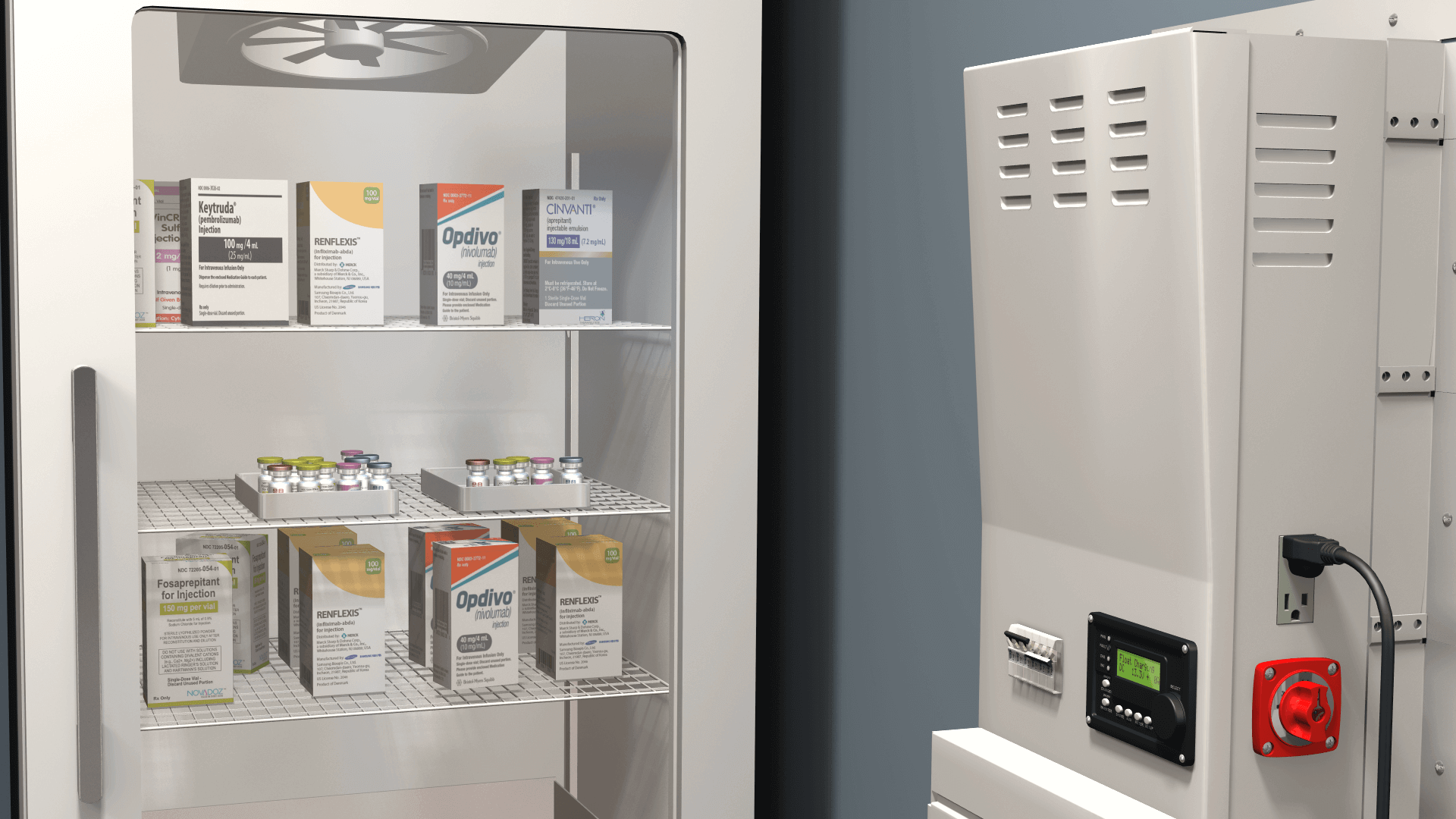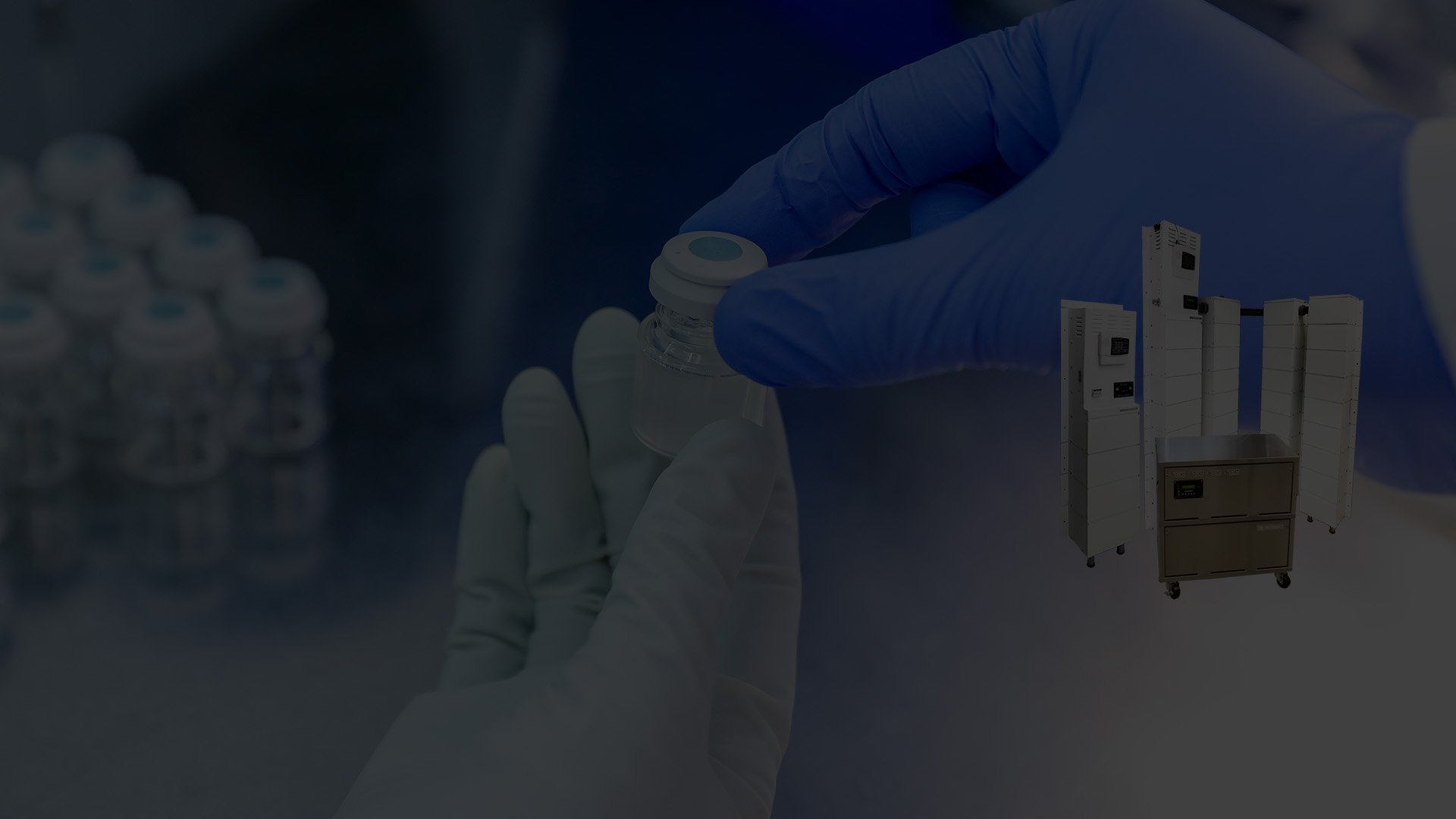How to Convert 60hz to 50hz Appliances in your Medical Practice
While we may take it for granted in our everyday lives, the standardization of power delivery across the United States is one factor among many that has allowed for the rapid development and improvement of technology in the modern age. Knowing exactly what kind of power can be delivered establishes a reliable foundation upon which everything from phones to computers and even medical devices are designed. But why when traveling abroad, are the standards so much different and vary so much?
That answer is very complicated and can probably justify its own book—much less a single post. However, the easiest answer as to why the two main power frequencies are 50hz and 60hz is a combination of Thomas Edison’s famous incandescent lightbulb being powered by a 110-volt power grid at 60Hz (60 cycles of 110-volt power per second), being the basis for the US standard. Most European countries ended up building out their own, more powerful, 220 volt power grids at 50 hertz— due to their infrastructure largely being destroyed in World War 2.
What all this means is, running domestic appliances that are designed for with 120v 60 Hz power overseas can be quite a challenge. We find this to be an especially common problem with US military bases overseas that run vaccine refrigerators while deployed. Without proper product design in mind, or forethought into how you will convert this more powerful voltage, you could irreparably damage your appliances as well as create a very serious fire hazard. Having a battery backup unit could help, however, there is still some work to do in achieving the correct kind of power you need.
Running a 110/120 Volt 60hz Appliance on 220/230 Volt 50 HZ Power
When you take steps to reduce the voltage being output to a device, this is known as Stepping down the voltage. Stepping down is done to avoid the possibility of a fire or damage to your appliance by running one rated for 110-volts on a 220-volt circuit. To step down, you will need a transformer, not a frequency converter to alter the voltages.
While both accomplish the same goal and converters are much cheaper, they are not meant to operate continuously—only for a few hours at a time. This makes them unsuitable for use with major appliances such as medical freezers.
How to convert 50hz to 60hz power
The next issue to overcome when adapting your appliances for non-domestic markets is the frequency of the power cycle—1 second increments—, measured in hertz. US appliances are based upon a 60Hz power supply, receiving power 60 times per second. 50Hz appliances similarly receive their power 50 times per second. However, a 110/120 volts appliance with ONLY an isolation transformer like we mentioned before, is likely to cause the unit to fail over time—though it will operate initially.
This is because, when you run an appliance like a fridge compressor motor on a slower cycle than what it has been designed for (60 Hz frequency vs 50Hz), it will cause the electric motor turn slower. This inevitably results in an increased strain on the motor windings, causing the compressor to burn out.
For a facility such as an overseas military base or NGO facility, a burnt-out fridge/freezer compressor means complete failure, and will result in facilities getting hot due to lack of an air conditioner or harming critical vaccine stock stored in refrigerators regardless of whether you have a backup battery power system or standby generator.
So, if a transformer will convert power from high voltage to low voltage but can’t change the frequency/hertz what are your options? To change the frequency, you will need to convert the 220/240 AC power to direct current (DC) power. Finally, you will convert the DC power back to AC with a 60-cycle inverter. Many options exist, so make sure you do your research when exploring them—focusing on ones that handle the power needs of your appliances.
Overcoming Unreliable Power Sources
While stable, reliable power at home seems like a given, power from the local utility companies elsewhere in the world can often be very unreliable, if not virtually nonexistent in less developed nations. Using a rechargeable battery backup unit—like this one from MediProducts—can help you to deliver constant, usable power in 2 primary ways.
First, a battery backup unit can assist in bridging the converted power— acting as an intermediary and protecting your coveted appliances from directly interacting with an erratic or unpredictable power grid.
Second, it can serve its primary role as a source of invaluable backup power during a utility outage—a very common occurrence when relying on unfamiliar power infrastructure, especially in underdeveloped nations. Because of this, backup during a power outage is a necessity you cannot afford to go without during such important operations.
Modular design means they can be built for exactly as much energy as you think you will need according to how long the power outages in your desired locale typically last. Metal cabinetry also ensures that durability and reliability aren’t an issue at all.
Sealed Lead Acid Batteries, or SLA are perfect for streamlining any logistical challenges you may have when shipping a battery backup unit overseas. They are specifically designed to be non-hazardous, non-toxic, and as the name suggest leak-proof. Due to these properties, you do not need to worry about specialized or otherwise complex shipping options and can instead treat your backup unit as you would any other piece of equipment you are shipping.
Additionally, they activate automatically and instantly—taking the stress and guesswork out of how to supply your appliances with power in an emergency situation and allowing you to focus your needs on other, more critical tasks. And when utility power returns, the backup unit will automatically switch your appliance back to that power source and begin recharging itself—an advantage gas powered generators may not have.
This, will and ultimately save the facility the expense of replacing appliances, any expenses related to staffing an additional electrician (or paying an in-house specialist overtime) and most importantly it will help guard against the backbreaking expense and logistical nightmare of needing to replace costly vaccines when you need them most. ◼


